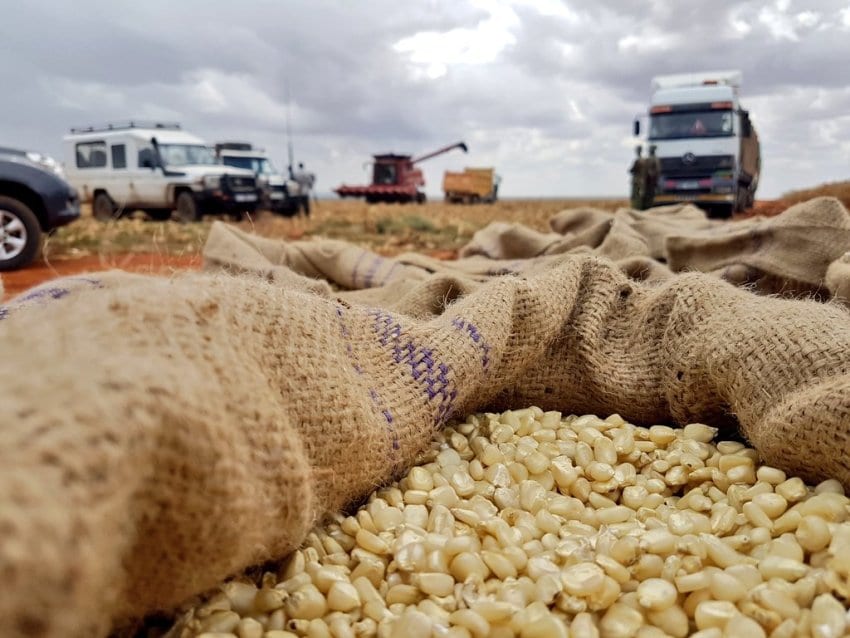THE Climate-Proofed Presidential Inputs Support Scheme, which benefitted 3,5 million households across Zimbabwe, was the main driver behind the 58 percent rise in maize production in the last summer cropping season, Lands, Agriculture, Water and Rural Resettlement minister Anxious Masuka has said.
In an interview published in full by the iconic Financial Gazette today, Masuka also said maize productivity per hectare had increased by 36 percent, thanks to the inputs support scheme better known as Pfumvudza/Intwasa.
“The scheme has led to a significant increase in productivity from 0.5 metric tonnes per hectare to the current 1.4 metric tonnes per hectare for maize.
Maize production increased to 2 298 281 metric tonnes, a 58 percent increase on the 1 453 031 metric tonnes produced in the 2021/2022 season,” said Masuka.
The minister highlighted that traditional grains, which are best suited to drought-prone agro-ecological regions four and five, also experienced a major jump in production.
“Traditional grains production was 280 966 metric tonnes, 45 percent more than 194 100 metric tonnes produced in 2021/2022; sorghum production was 191 125 metric tonnes, which is 32 percent more than 144 633 metric tonnes obtained in the 2021/2022 season; pearl millet production was 71 221 metric tonnes, which is 61 percent more than 44 143 metric tonnes produced in 2021/2022; and finger millet production was 18 610 metric tonnes, which is a 250percent increase from 5 321 metric tonnes produced in the 2021/2022 season,” noted Masuka.
The news about the positive impact of the Presidential Inputs Support Scheme comes as the government rolls out plans to transform subsistence farmers who have been benefiting from such programmes into commercial growers.
With food security now achieved, Masuka recently said President Emmerson Mnangagwa’s government had now set its sights on making communal farmers consistently contribute to the country’s economy in line with the ambitious Agriculture and Food Systems Transformation Strategy (2020-2025), which was launched by the Head of State in 2020.
“We want to transform (three million households ) from subsistence farming to commercial farming through interventions such as Pfumvudza/Intwasa.
“After securing food for their own consumption, they will supply 60 percent of the maize they produce to the Grain Marketing Board (GMB) as well as produce maize consumed in urban areas,” said the Agriculture minister.
This 2022/23 season, under Intwasa/Pfumvudza, two million hectares were put under maize, with sorghum accounting for 380 000 hectares, while 250 000 hectares were put under pearl millet. According to a government report, thousands of households have been added to the programme.
In the past, the scheme benefited around 155 000 households in support of the Government’s poverty alleviation strategy, but it has now grown in leaps and bounds to benefit over 500 000 households. As a result of the Pfumvudza/ Intwasa programme, capacity utilisation in the sector has increased in a big way.
Apart from earning the country foreign currency and improving the lives of millions of people, the revival of cotton production has created 4 900 jobs per season from less than 1 000 employees before the Second Republic.
“The Presidential Scheme is also benefiting many stakeholders in the value chain including the textile industry, cooking oil industry, transport industry, local authorities, Government departments, suppliers in different categories, retail industry, and many other stakeholders. “More than 2, 5 million people benefit directly or indirectly from cotton production every year in Zimbabwe,” read the government report in part.








